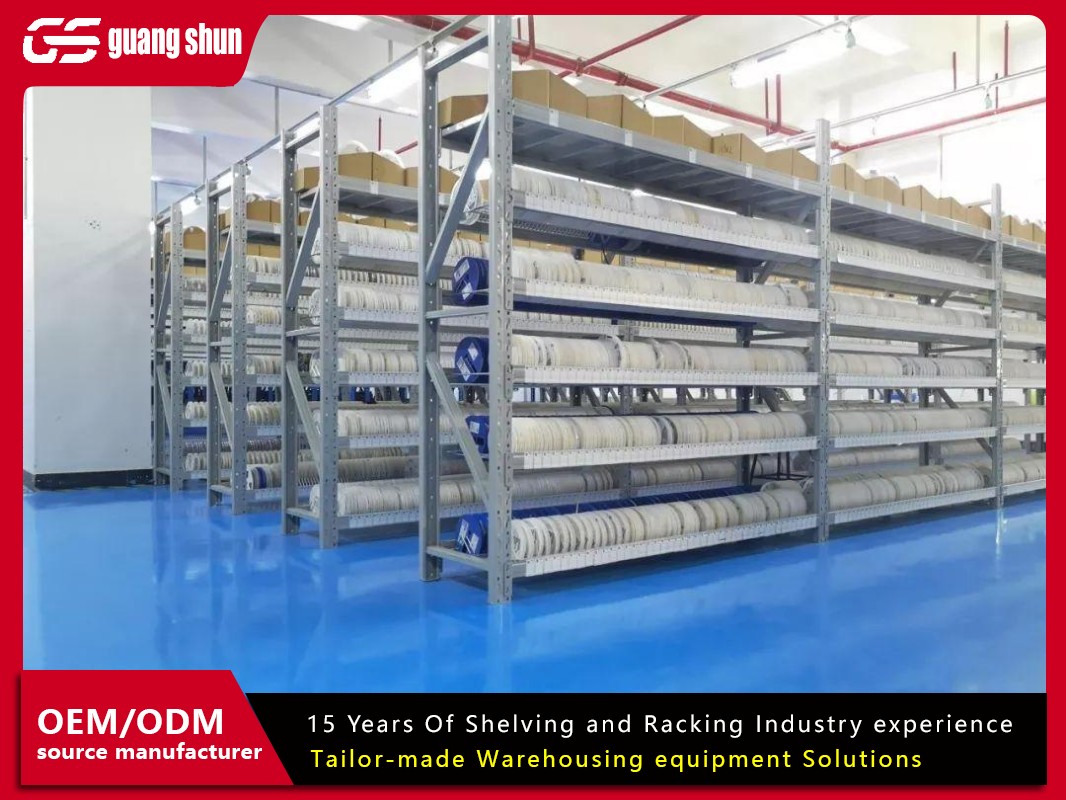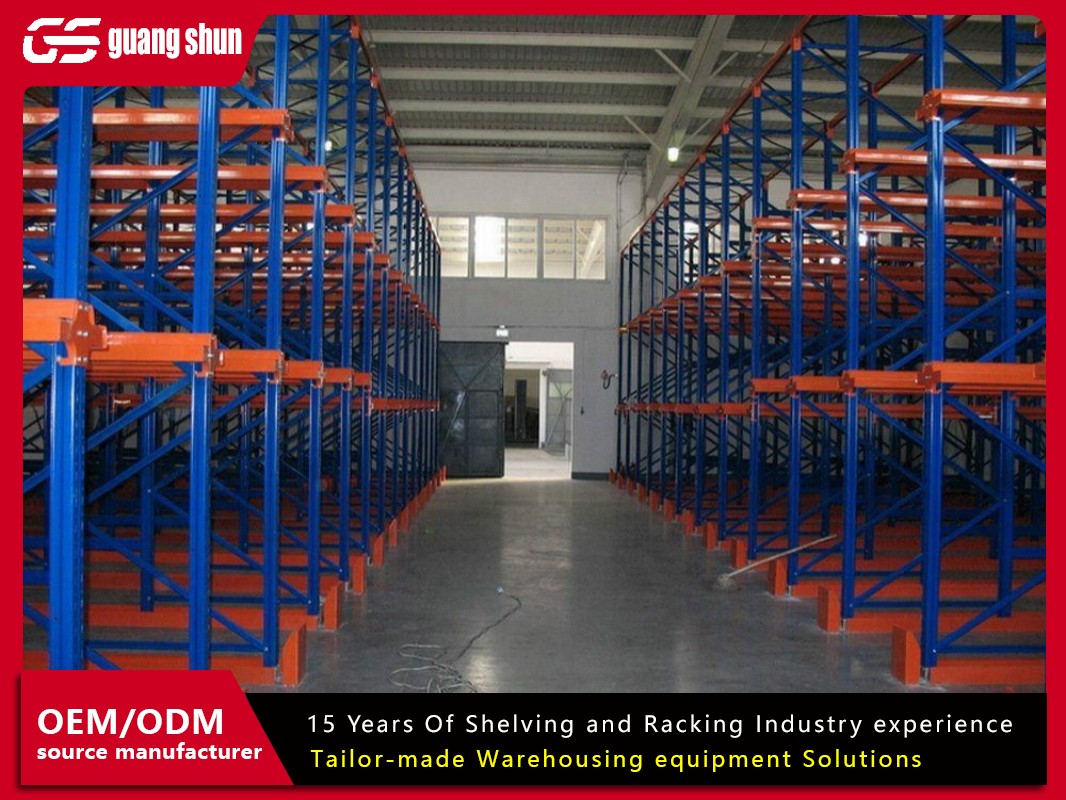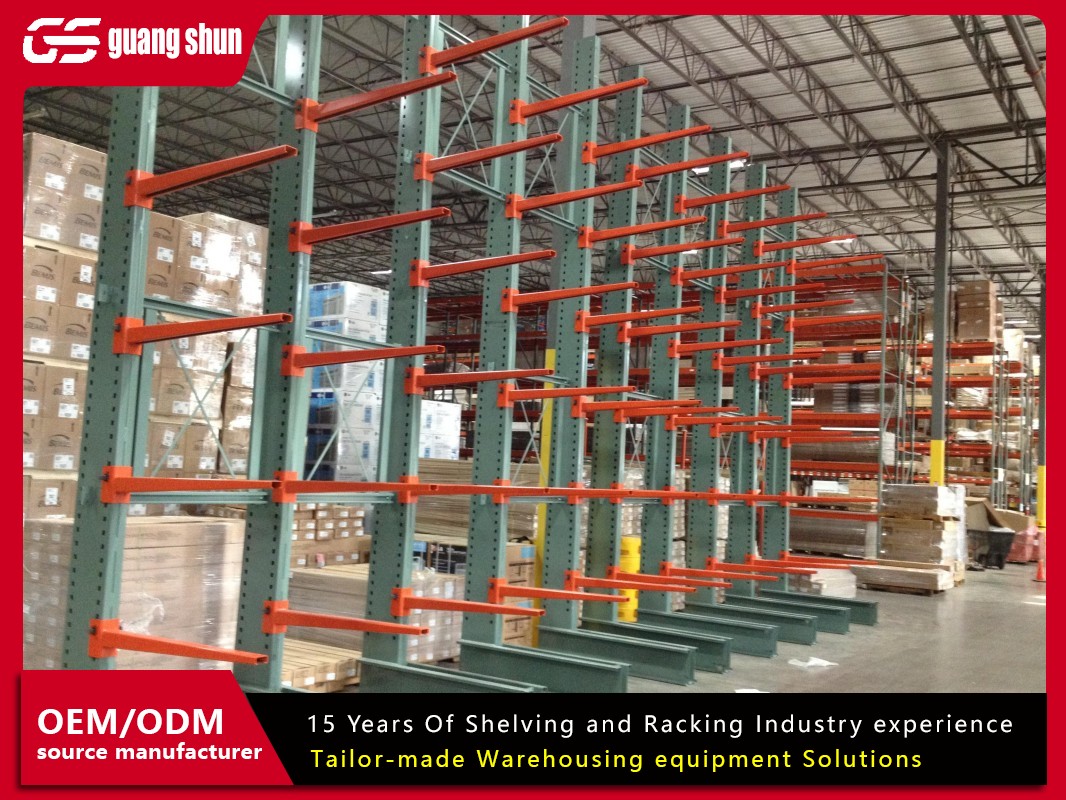Is your space a constant battle against clutter? From garages overflowing with tools to warehouse corners becoming black holes for inventory, disorganized storage costs you time, money, and sanity. You know you need a better solution, but the options seem overwhelming. The answer, more often than not, lies in a deceptively simple concept: the shelf rack system. This isn't just about putting up a few shelves; it's about implementing a foundational storage strategy that can transform any area from chaotic to perfectly controlled.
A well-chosen shelf rack system does more than just hold items. It creates vertical volume, maximizes your square footage, and introduces a level of efficiency you might not have thought possible. Whether you are a homeowner tackling the garage, a retail manager organizing a stockroom, or a warehouse supervisor streamlining operations, understanding the power of this system is the first step toward reclaiming your space. Let's delve into the key aspects that make the shelf rack system an indispensable tool.
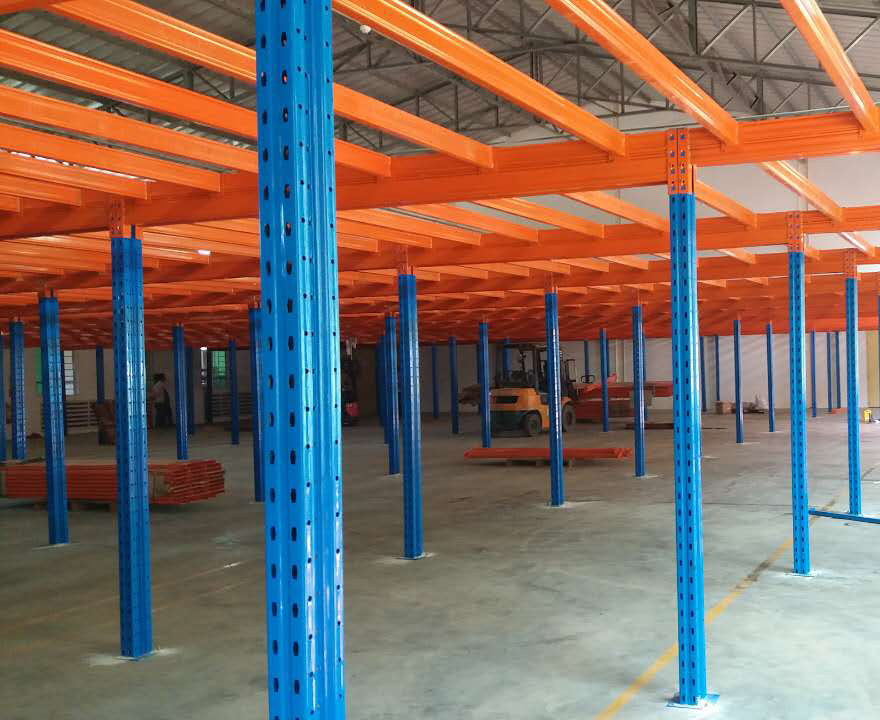
The Core Anatomy of a Modern Shelf Rack System
Before exploring its benefits, it's crucial to understand what constitutes a shelf rack system. At its simplest, it is a framework designed for storage, comprising two main components: the upright frames and the shelving beams or decks.
Upright Frames: These are the vertical components, typically made of heavy-gauge steel, that form the legs of the structure. They feature precisely punched holes or slots at regular intervals, allowing for adjustable height placement of the shelves.
Beams and Shelves: Beams are the horizontal supports that connect to the upright frames. The shelving decks—which can be wire mesh, particle board, or solid steel—then rest upon these beams to create the actual storage surface.
This modular anatomy is the key to its flexibility. Unlike fixed shelving, a standard shelf rack system can be reconfigured as your needs change, making it a long-term, adaptable investment. The strength comes from the interplay of these components, creating a structure that is far more robust than the sum of its parts.
A System for Every Need: Exploring the Different Types
Not all storage challenges are the same, and thankfully, neither are shelf rack systems. Selecting the right type is critical for optimal performance and safety.
Selective Racks: This is the most common type of shelf rack system, ideal for warehouses and storage rooms where direct access to every pallet or item is required. Its design allows forklifts to enter the aisles freely.
Cantilever Racks: Designed for storing long, bulky items like lumber, pipes, or furniture, this system features arms that extend from a central column, eliminating obstructive front posts and allowing for easy loading and unloading from either side.
Wire Shelving: Perfect for environments where hygiene and cleanliness are priorities, such as commercial kitchens, pantries, or medical storage. The open wire design promotes air circulation, prevents dust accumulation, and is easy to clean.
Mobile Aisle Systems: This high-density shelf rack system is mounted on carriage mechanisms that move along tracks. This eliminates multiple fixed aisles, converting them into a single "floating" aisle and increasing storage capacity by up to 100% in the same floor space.
The Unbeatable Advantages of Implementing a Shelf Rack System
Why should you invest in a structured system instead of makeshift shelving? The advantages are tangible and impactful.
Maximized Vertical Space: The most obvious benefit. By building upwards, you free up valuable floor space, making the area feel larger and more navigable.
Enhanced Organization and Efficiency: A designated place for every item drastically reduces search and retrieval times. This boosts productivity in a business setting and reduces frustration in a personal one.
Improved Safety: Clutter is a safety hazard. A proper shelf rack system secures heavy items, prevents piles from collapsing, and creates clear, safe walkways. Many systems are also engineered to be seismically rated for added safety.
Durability and Long-Term Value: Built from industrial-grade materials, a quality shelf rack system is a one-time investment that will last for decades, outperforming and outlasting flimsy consumer-grade shelving options.
Scalability: As your inventory or storage needs grow, your system can grow with it. Most systems allow you to add additional units, levels, and accessories seamlessly.
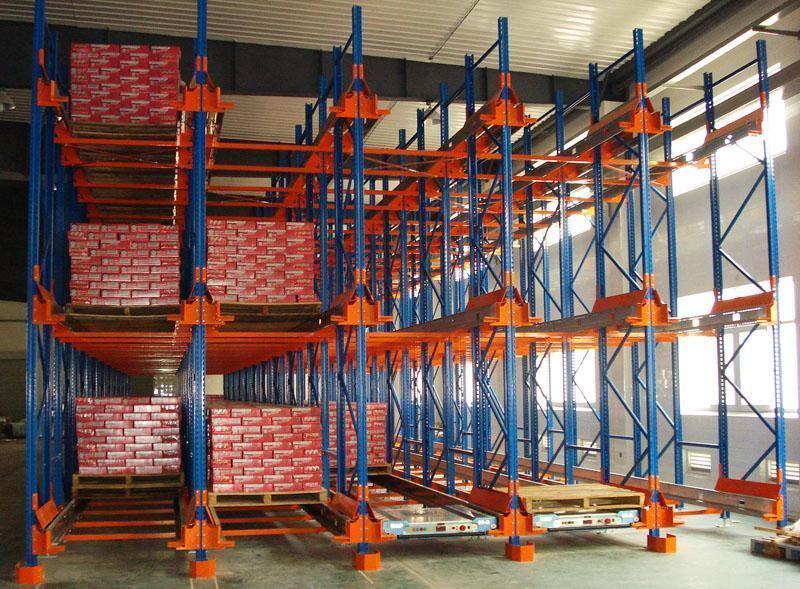
Key Applications Across Industries
The versatility of the shelf rack system is one of its greatest strengths. Its application stretches far beyond the stereotypical warehouse.
Retail Backrooms: Keeping inventory organized and easily accessible for quick restocking of sales floors.
Garages and Workshops: Storing everything from tools and paint cans to seasonal tires and sports equipment in an orderly fashion.
Archives and Libraries: Providing robust, multi-level storage for boxes of files, records, and books.
Industrial Parts Storage: Organizing small to medium-sized parts in bins on shelving units for manufacturing and maintenance operations.
Cold Storage Facilities: Specialized shelf rack system designs that can withstand the low temperatures and high humidity of freezer and cooler environments.
5 Critical Considerations Before Your Purchase
Jumping in without proper planning can lead to an underperforming system. Keep these factors in mind:
Weight Capacity: Determine the total weight you plan to store, both per shelf and for the entire unit. Always choose a system with a capacity rating that exceeds your maximum expected load.
Dimensions and Layout: Precisely measure your available space, including ceiling height. Plan the layout of the units to ensure smooth traffic flow for people and equipment.
Item Characteristics: Consider the size, shape, and fragility of the items you'll be storing. This will influence your choice of shelf type (e.g., solid for small items, wire for cleanliness).
Accessibility Needs: How often do you need to access the stored items? This will determine the ideal aisle width and whether you need a high-density, mobile system or a standard selective rack.
Environmental Factors: Will the system be in a corrosive environment, like a chemical storage area or a coastal region? If so, look for systems with appropriate protective coatings.
Installation and Long-Term Maintenance Best Practices
A shelf rack system is only as safe as its installation. While some lighter-duty systems are suitable for DIY assembly, larger commercial systems should always be installed by professionals to ensure they are level, plumb, and securely anchored.
Once installed, a routine inspection and maintenance schedule is essential. This includes:
Regularly checking for any signs of damage, such as bent beams or uprights.
Ensuring all locking mechanisms (like beam locks) are fully engaged.
Immediately replacing any damaged components—never operate a compromised system.
Ensuring loads do not exceed the rated capacity and are evenly distributed.
Adhering to these practices guarantees the longevity and safety of your investment, ensuring your shelf rack system continues to perform flawlessly for years to come.
Frequently Asked Questions (FAQ)
Q1: What is the main difference between a shelf rack system and standard shelving?
A1: The primary difference lies in capacity, design, and adjustability. A shelf rack system is an engineered, heavy-duty structure with a high weight capacity, designed for industrial and commercial use with fully adjustable components. Standard shelving is typically lighter-duty, often made from wood or light-gauge metal, and is usually fixed or has limited adjustability, making it better suited for light residential storage.
Q2: Can I expand or reconfigure my shelf rack system in the future?
A2: Absolutely. One of the key benefits of a modular shelf rack system is its scalability and reconfigurability. You can typically add more upright frames, beams, and shelves to expand your system. You can also easily adjust the height of the shelves to accommodate items of different sizes, making it a highly flexible long-term storage solution.
Q3: How do I determine the correct weight capacity I need?
A3: You must calculate both the uniformly distributed load (the total weight evenly spread across a single shelf) and the total aggregate load (the total weight on the entire unit). Weigh a representative sample of the items you plan to store, estimate the total, and then choose a system whose capacity per shelf and per unit significantly exceeds that estimate to provide a safe margin.
Q4: Are these systems difficult to install?
A4: The difficulty varies. Light-duty, bolt-free systems for home garages can often be assembled by one or two people. However, heavy-duty commercial and industrial shelf rack system installations are complex, require specific tools, and must be perfectly level and plumb. For safety and performance, it is highly recommended that larger systems be installed by certified professionals.
Q5: What kind of maintenance does a shelf rack system require?
A5: Maintenance is minimal but critical. It involves regular visual inspections for any impact damage (e.g., from forklifts), ensuring all components are securely connected and locked, and checking that the load limits are never exceeded. Any damaged part should be replaced immediately. An annual professional inspection is also advised for high-use industrial environments.



